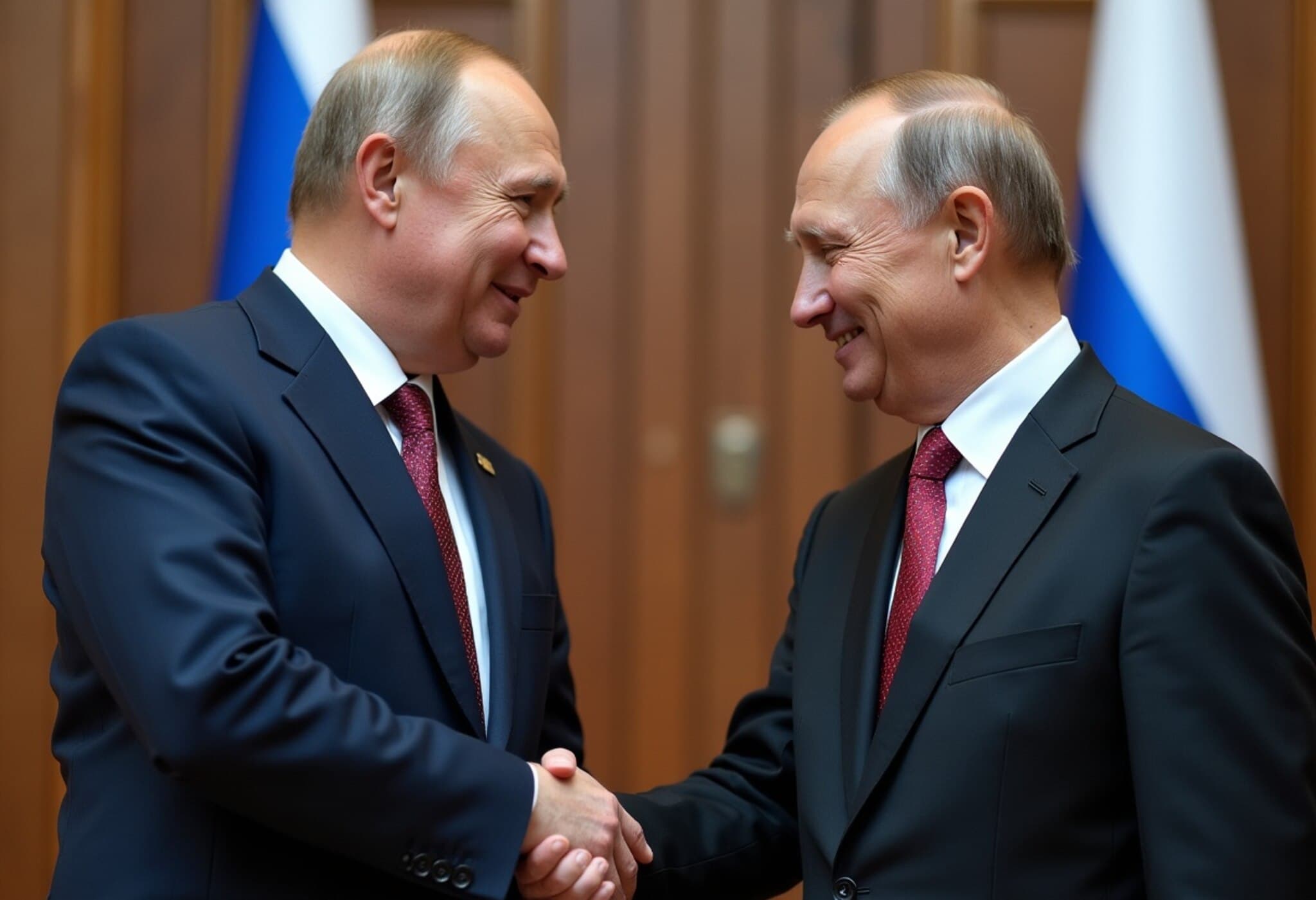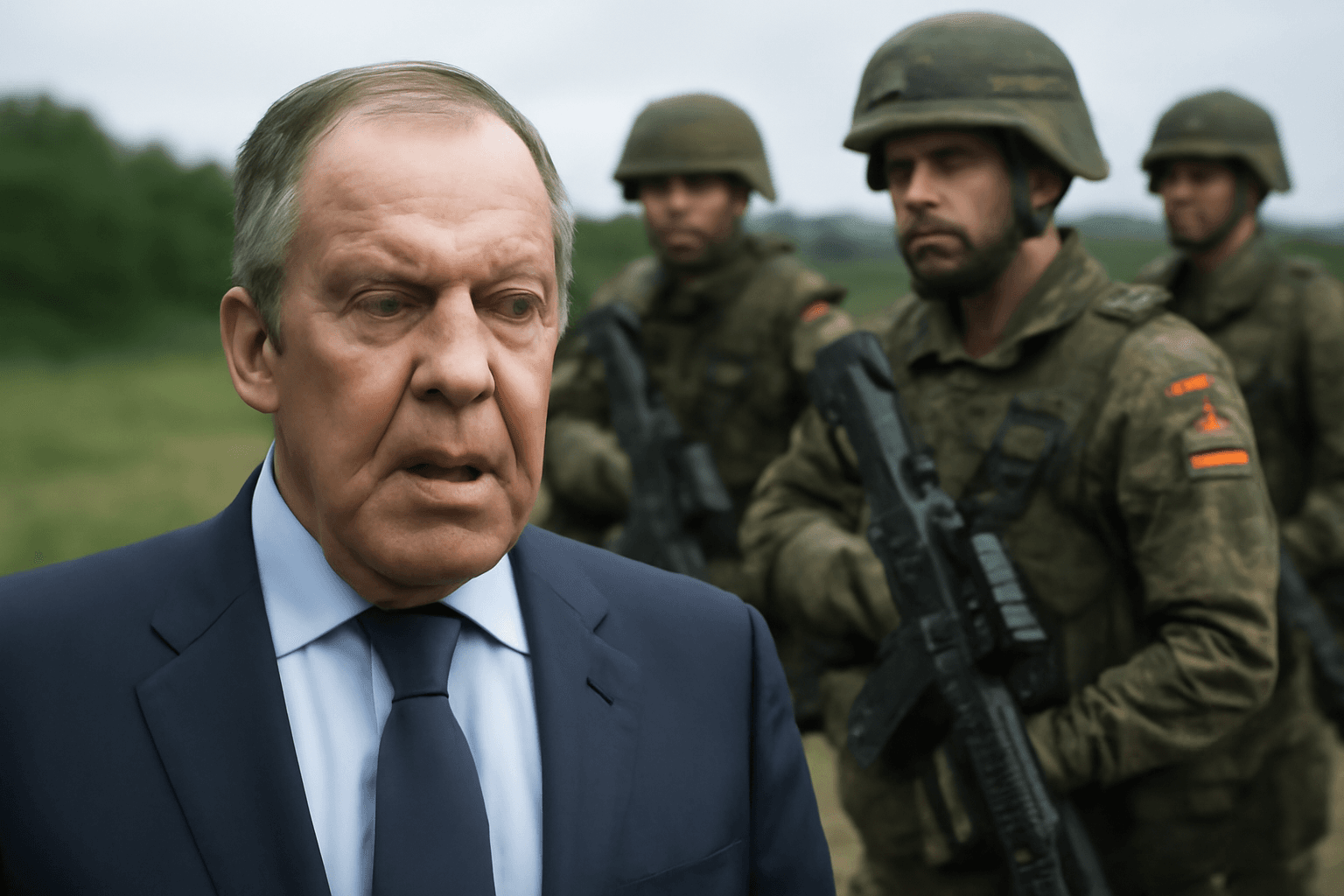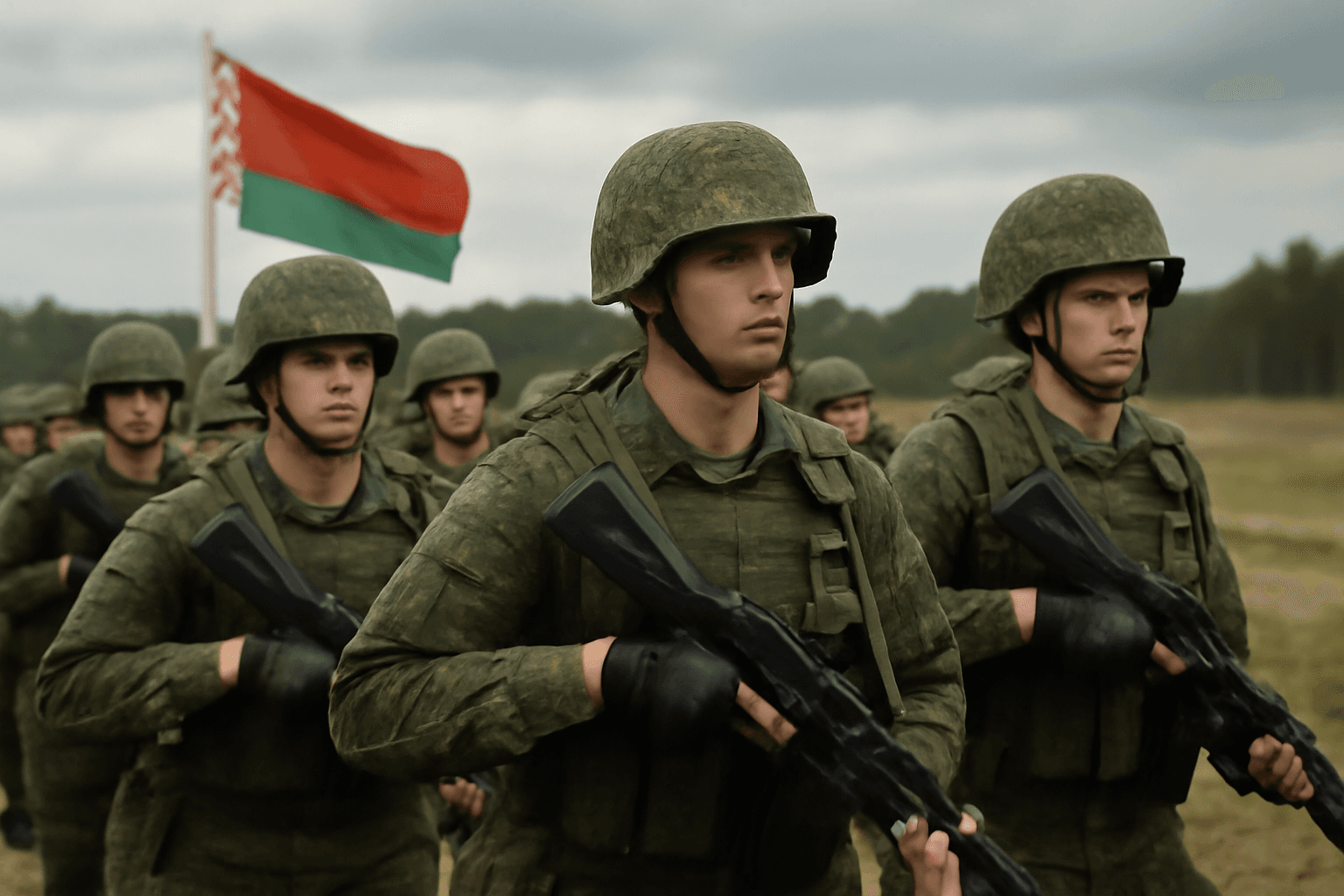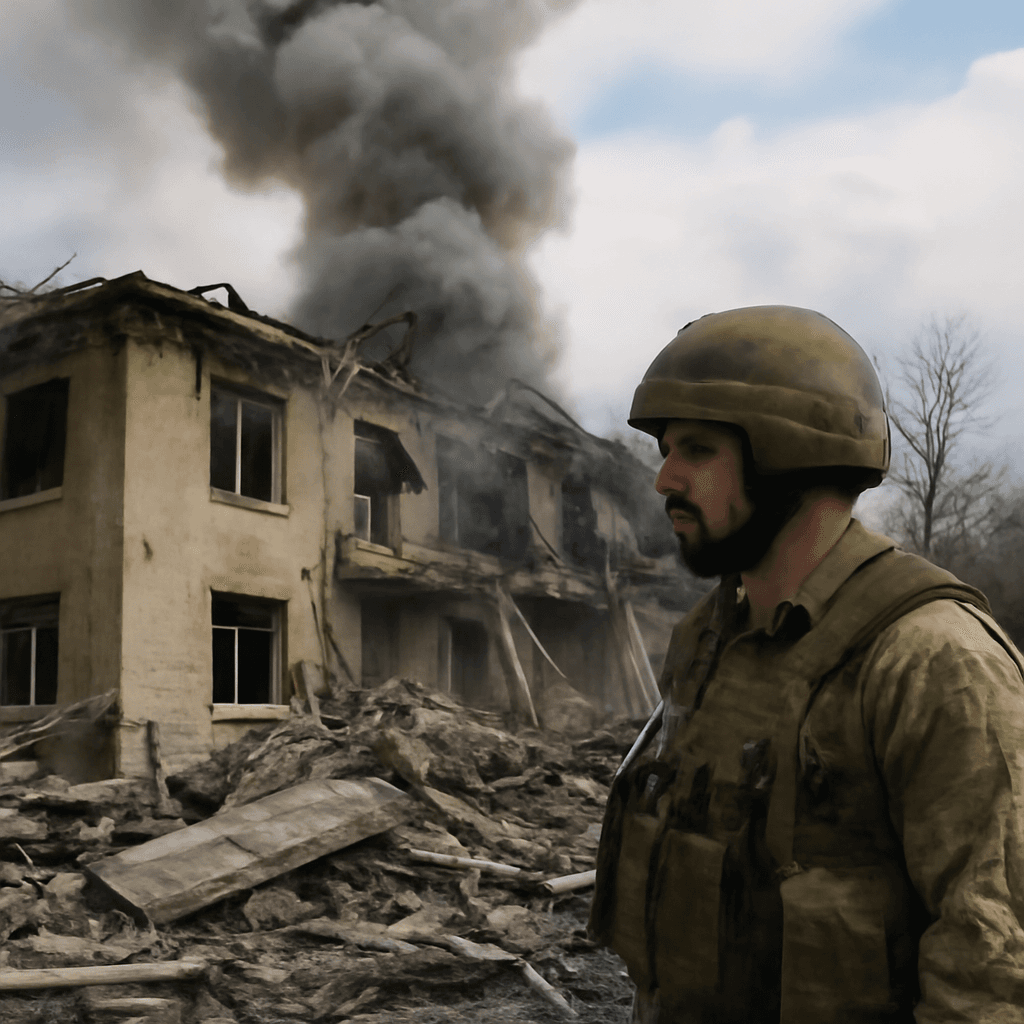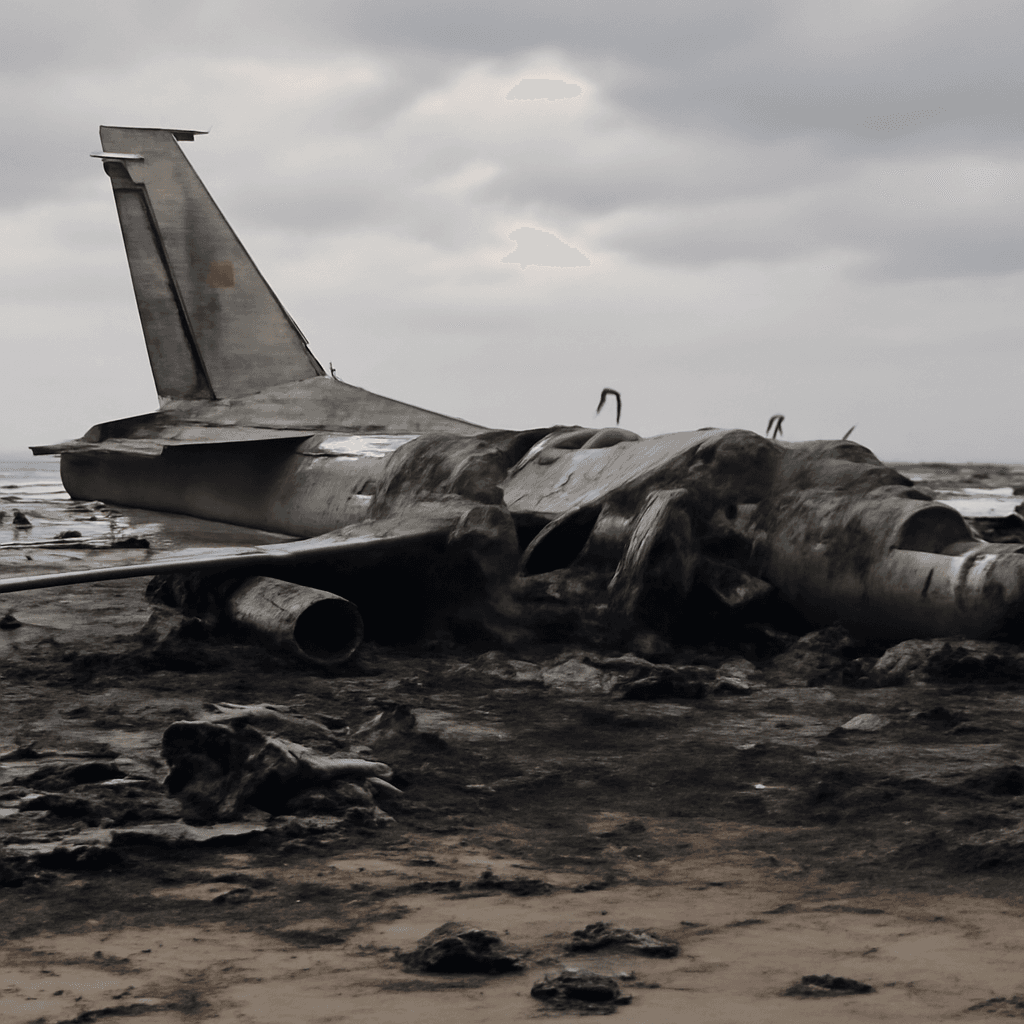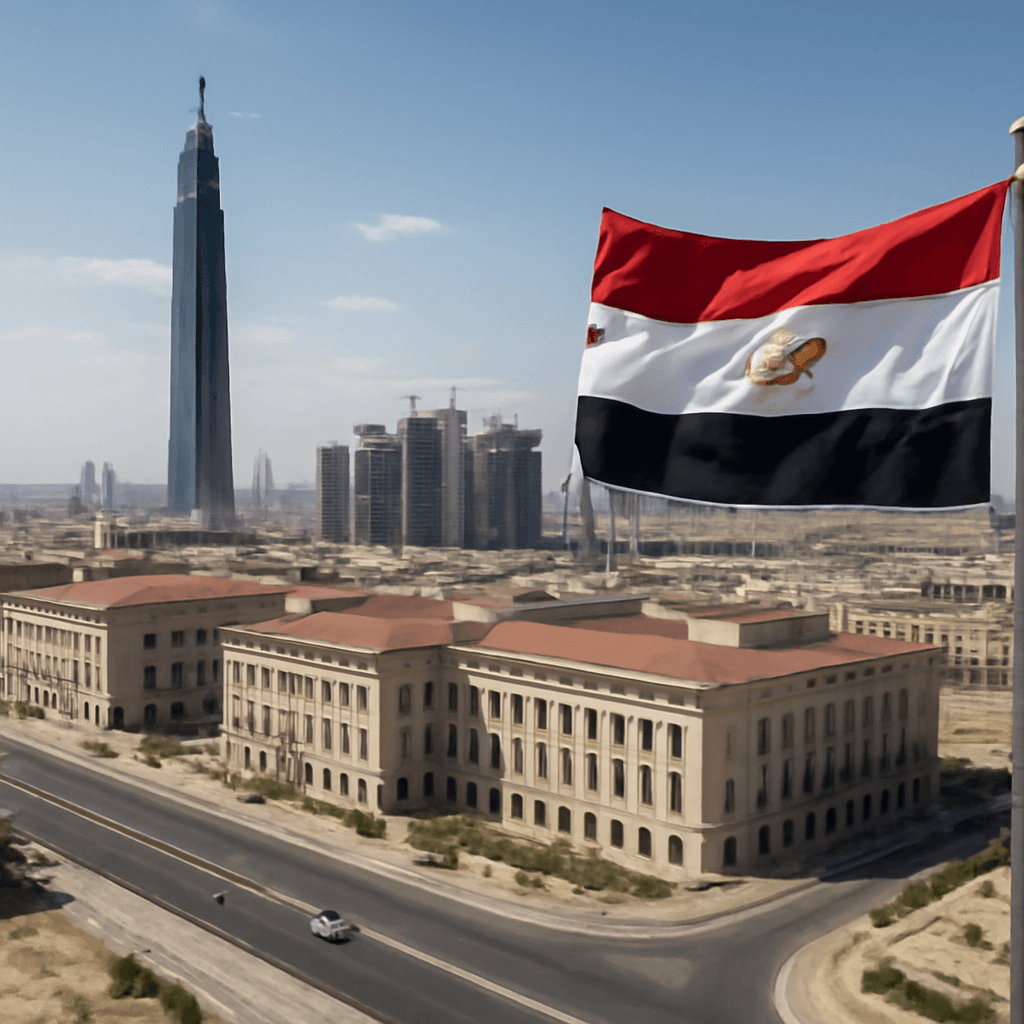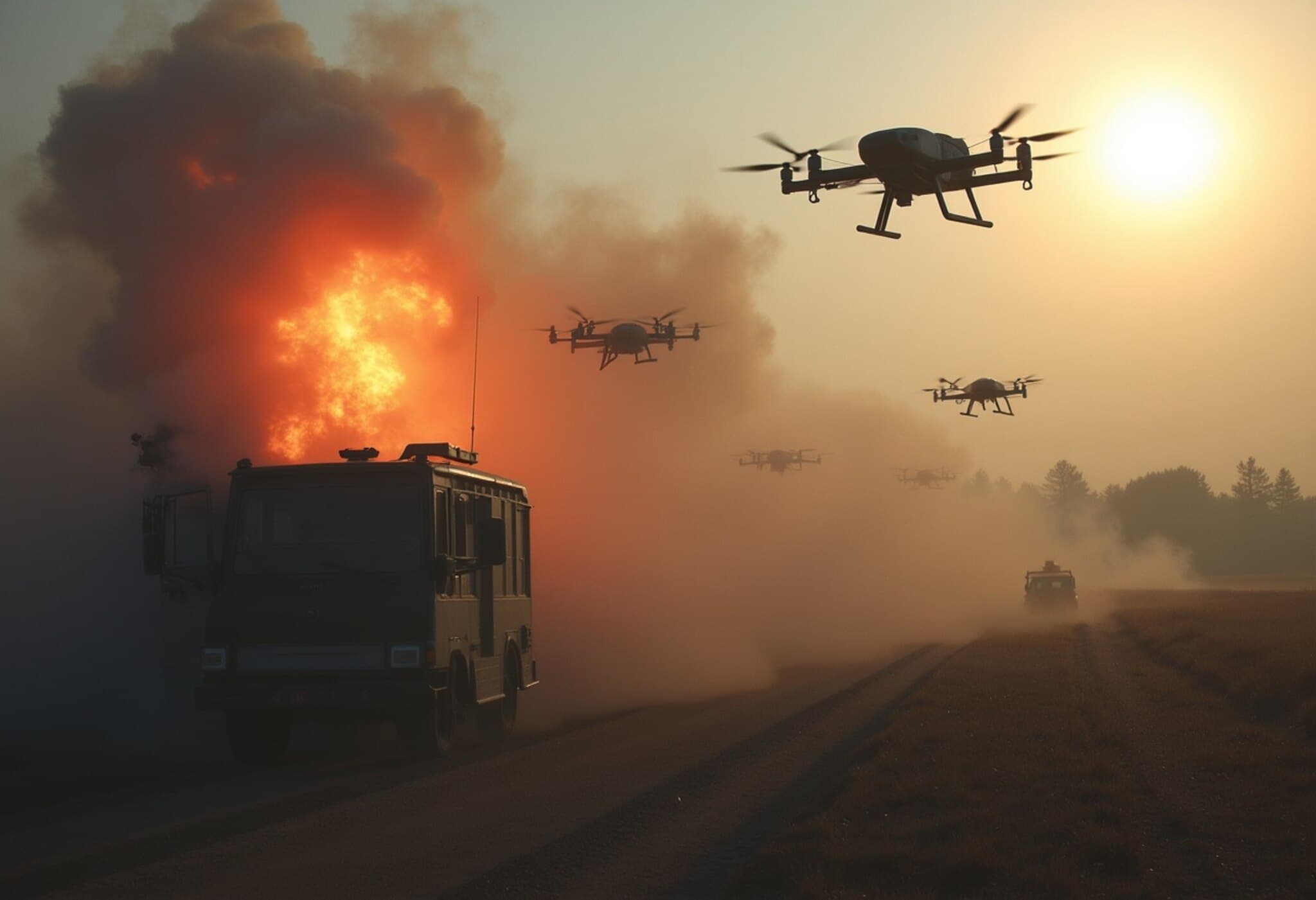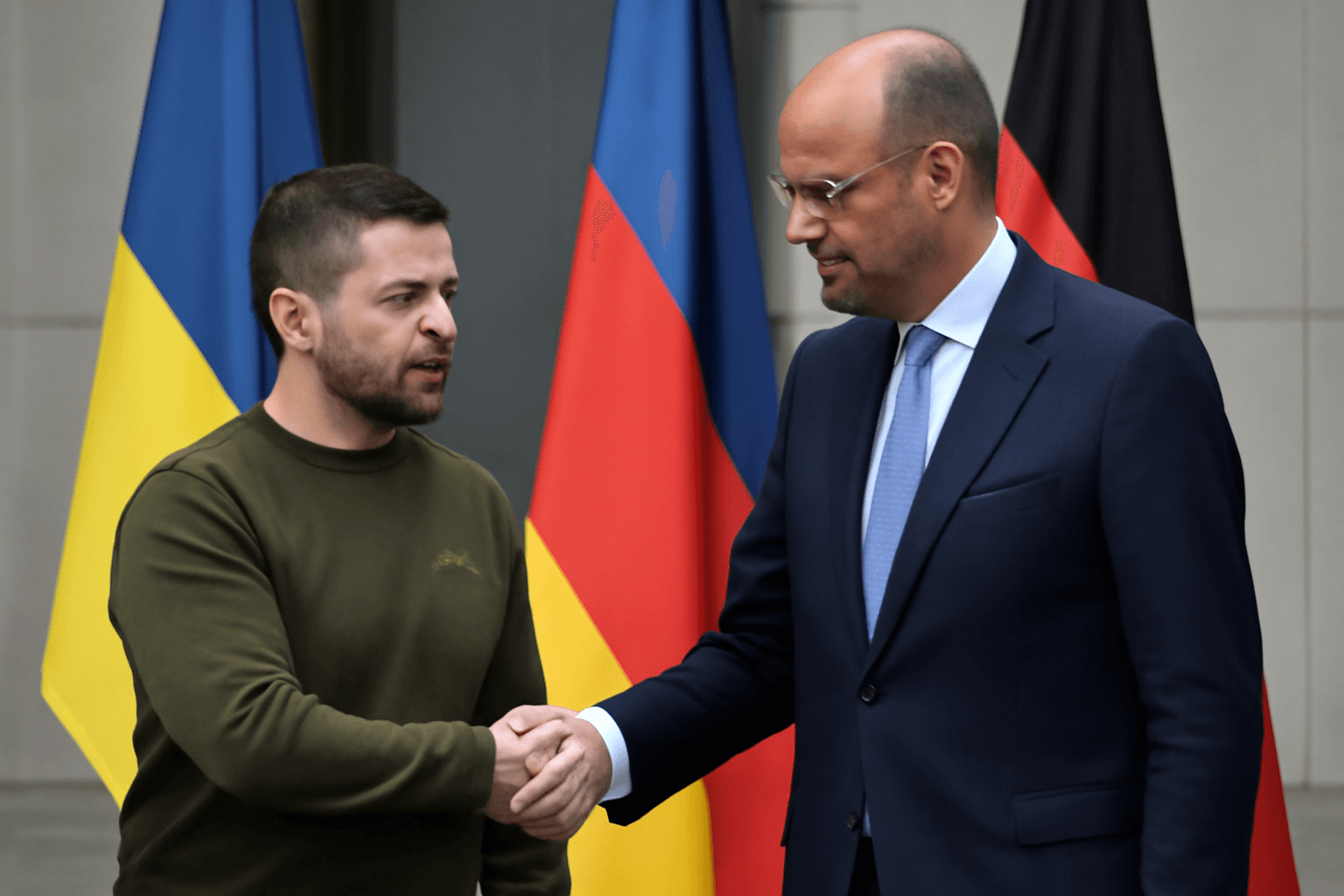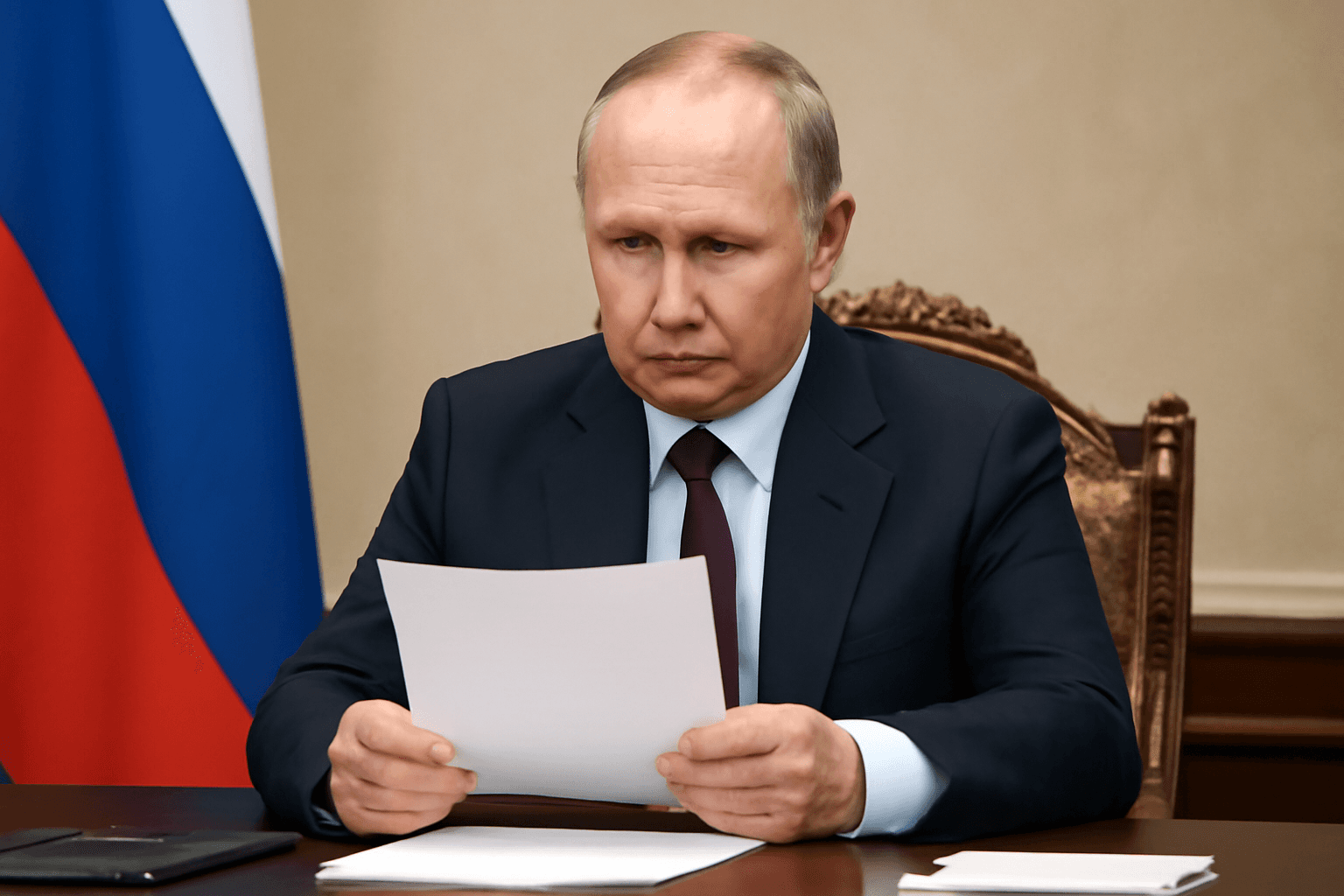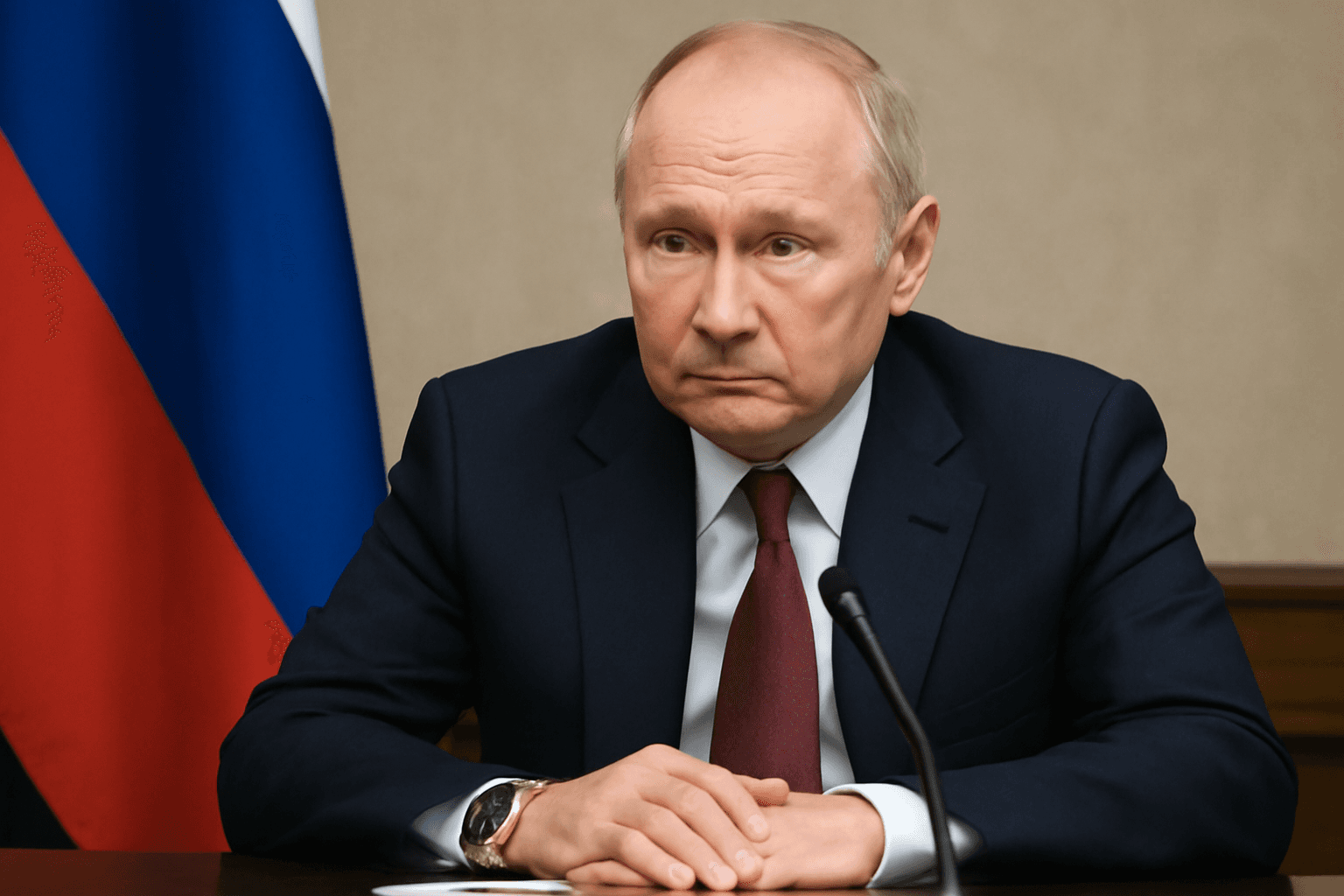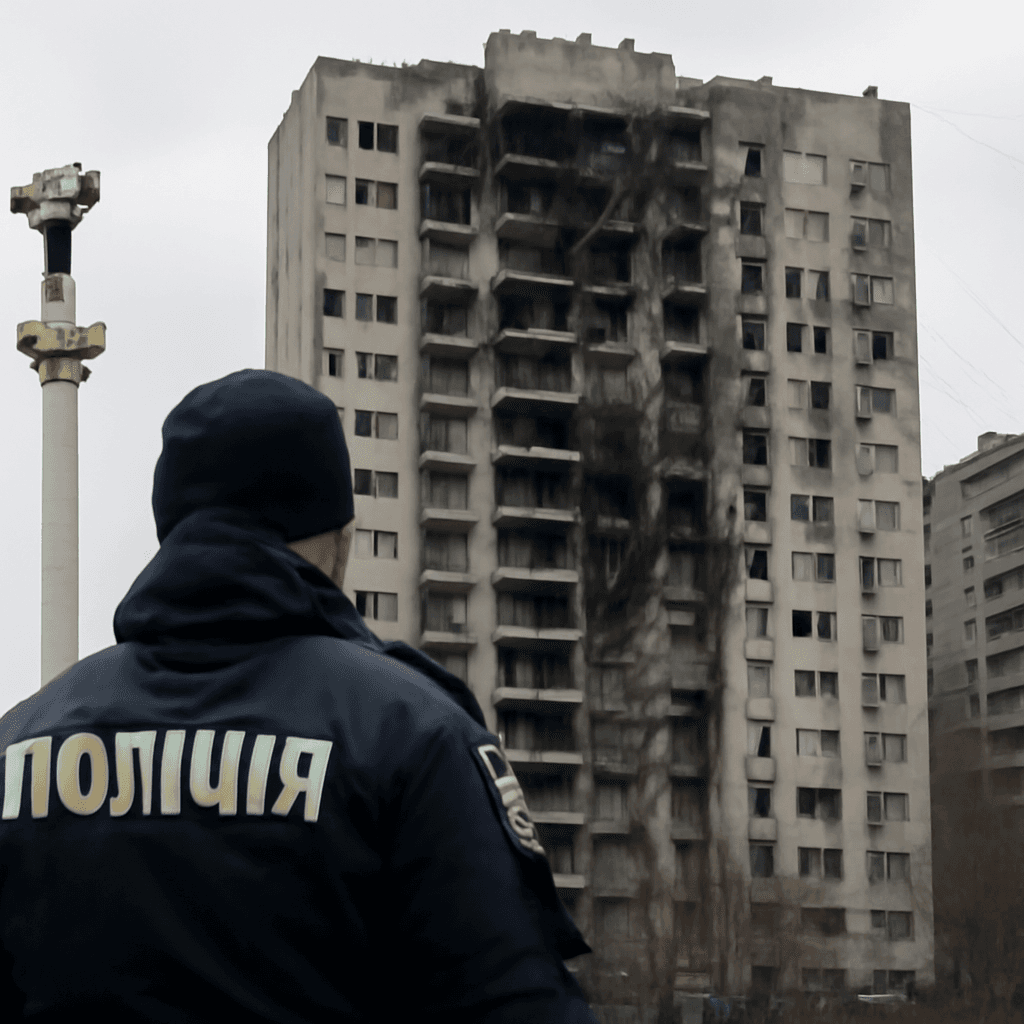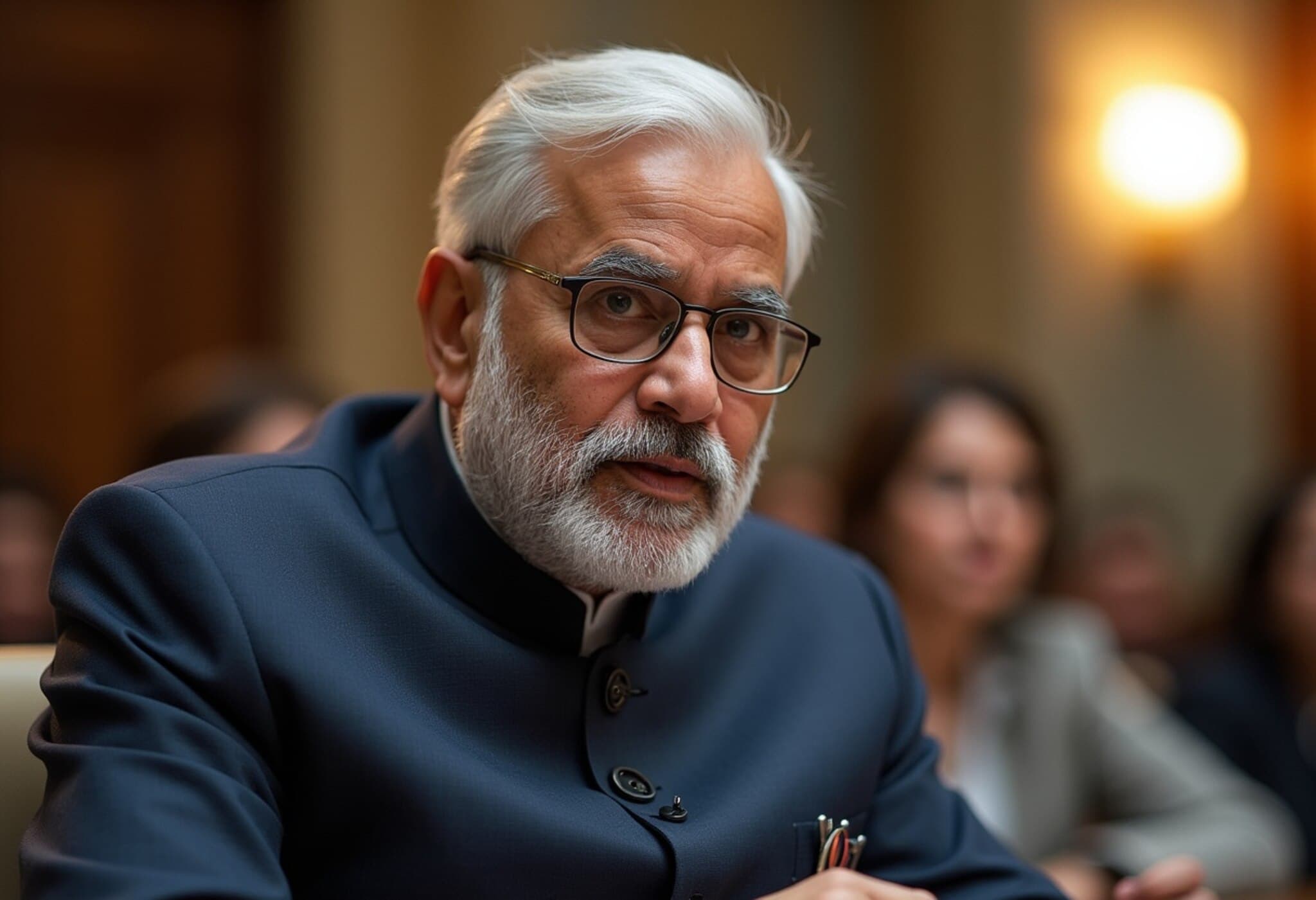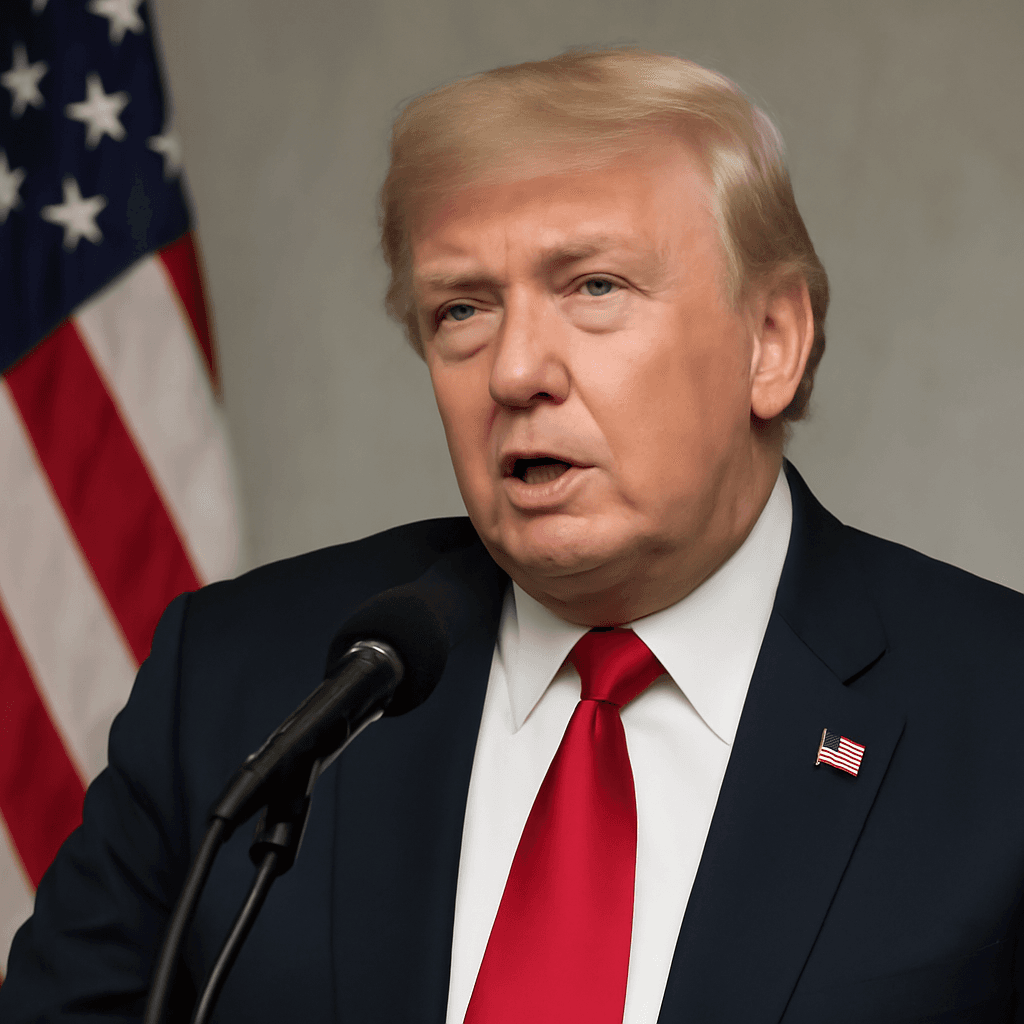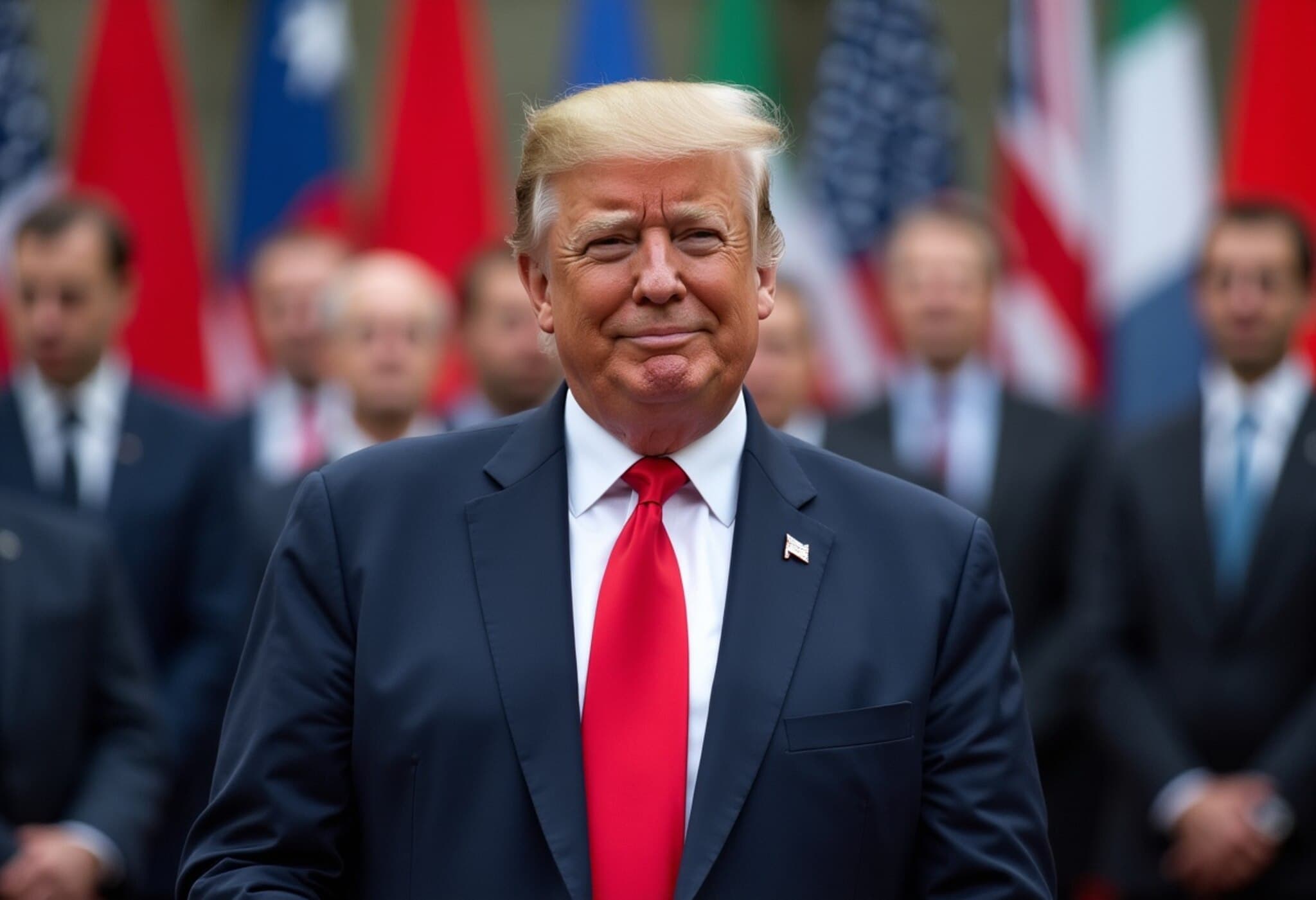Russia Sticks to Original Demands on Ukraine Conflict
In the lead-up to a pivotal US-Russian summit, Russia has reiterated its unwavering position on the ongoing conflict in Ukraine. President Vladimir Putin’s administration insists that Kyiv must fully withdraw its forces from territories that Moscow currently claims in Ukraine — a stance unchanged since last year.
Upcoming Alaska Summit: A Hinge Moment for Diplomacy
The meeting between President Putin and former US President Donald Trump, scheduled for Friday in Alaska, marks the first major bilateral summit since 2021. Both leaders are expected to discuss avenues to end the war, with Trump suggesting that a land swap might pave the way for peace.
Expert Insight:
While a territorial exchange may seem pragmatic on the surface, it presents profound geopolitical and humanitarian challenges. Such moves could set lasting precedents on sovereignty and international law, leaving the question: can peace be brokered without compromising Ukraine’s territorial integrity?
Territorial Realities and Minsk-Era Challenges
Currently, Russia exerts control over about 19% of Ukraine’s territory, including all of Crimea, Luhansk, and over 70% of Donetsk, Zaporizhzhia, and Kherson regions, alongside smaller pockets in other areas. Moscow's demands also include official Ukrainian abandonment of NATO membership aspirations and assurances on protecting Russian-speaking minorities.
Deputy Foreign Ministry spokesperson Alexei Fadeev emphasized that Russia's demands, first publicly declared on June 14, 2024, remain firm despite recent media speculation about potential concessions.
These demands encompass:
- Complete Ukrainian military withdrawal from contested eastern territories.
- Renunciation of Ukraine’s NATO ambitions.
- Formal acknowledgment that Crimea and several eastern regions are now part of Russia.
- Protection of Russian language speakers' rights in Ukraine.
Ukraine’s Defiant Response and International Context
Ukraine has categorically rejected Russia’s ultimatum, viewing it as an unacceptable infringement on its sovereignty. President Volodymyr Zelensky has insisted on a ceasefire as a precondition before any reclamation of territorial discussions. He has firmly dismissed any notion of Kyiv pulling back from defensible positions in the Donbas — a flashpoint region devastated by years of conflict.
Underreported Perspectives:
The struggle to balance regional security with international law has global implications, particularly for the US and NATO. How the US-led West navigates these negotiations will influence the geopolitical stability of Eastern Europe and the credibility of international alliances.
What Lies Ahead?
As the summit approaches, the stakes could not be higher. Both Russia and Ukraine stand entrenched in their positions, leaving the prospect of compromise delicate at best. The world watches closely, questioning whether diplomacy can unravel a conflict that has reshaped Eastern European geopolitics and caused immense human suffering.
Summary:
The forthcoming Alaska summit represents a critical juncture in the protracted Ukraine conflict. Russia’s steadfast demands — which would require Ukraine to cede additional territory and forsake its Western alignments — remain non-negotiable from Moscow’s perspective. Meanwhile, Ukraine demands a ceasefire before any territorial talks, highlighting the gulf between the two sides. The outcome will reverberate globally, testing the limits of diplomacy, sovereignty, and international order.
Editor’s Note: The persistent deadlock underscores a broader dilemma in international diplomacy: how to reconcile territorial integrity with peace-making amid competing power interests. As policymakers prepare for high-stakes discussions, the question remains: can a lasting peace be secured without sacrificing core national principles? Observers should also watch how the US-Russia summit influences NATO’s strategic posture and the future of Ukraine’s sovereignty in a turbulent regional landscape.

